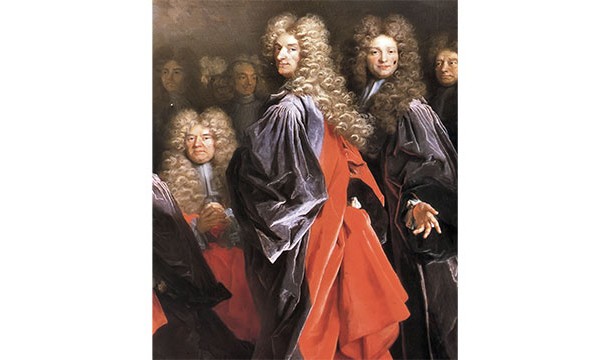20 Hygiene Practices from History that are Seriously Gross
Hygiene practices come in different ways in different times. Back then, although people were practicing cleanliness, we can certainly say that their practices are certainly different from ours today. Thankfully, we are now living in a world wherein cleanliness is carried out properly. We sure are lucky enough that we are not in the same era where toilet wastes are thrown outside the window. Here are 20 hygiene practices form history that are seriously gross.
1. Bathing
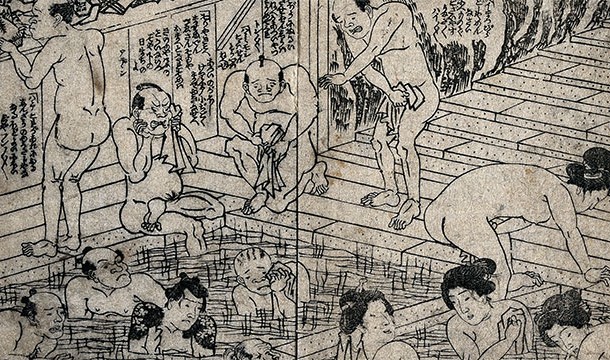
2. Baldness
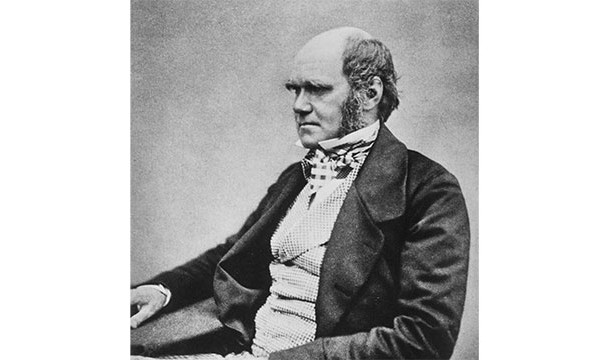
3. Wiping
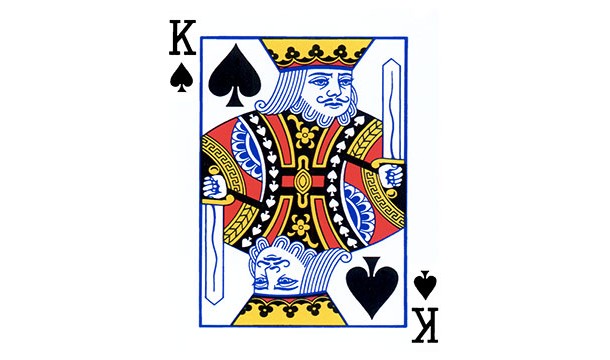
4. Brushing
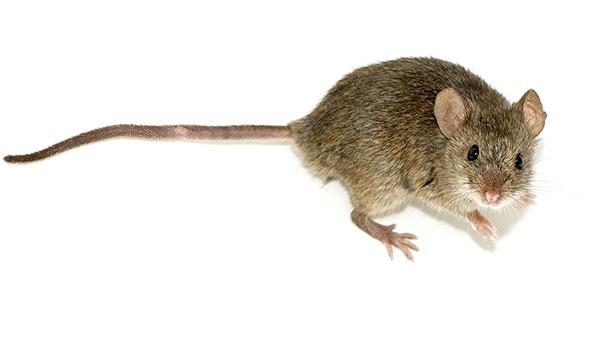 Romans used mouse brains to brush their teeth.
Romans used mouse brains to brush their teeth.
5. Beds
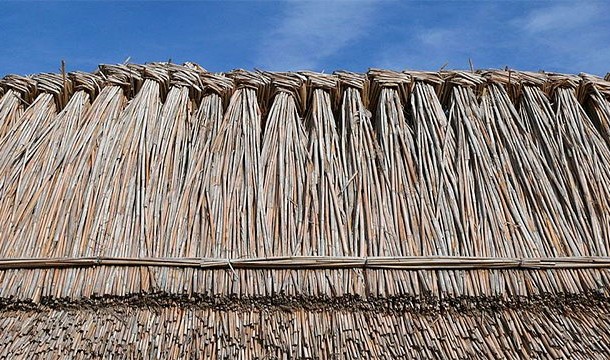
6. Antiseptics
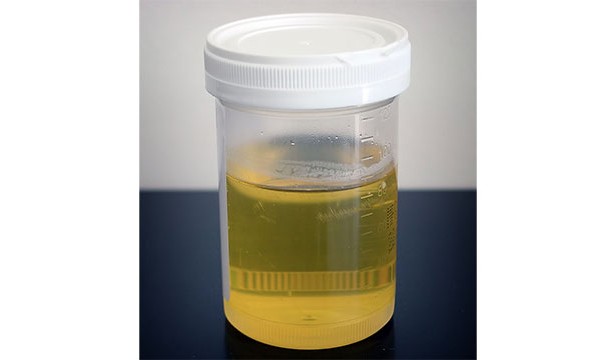
7. Laundry
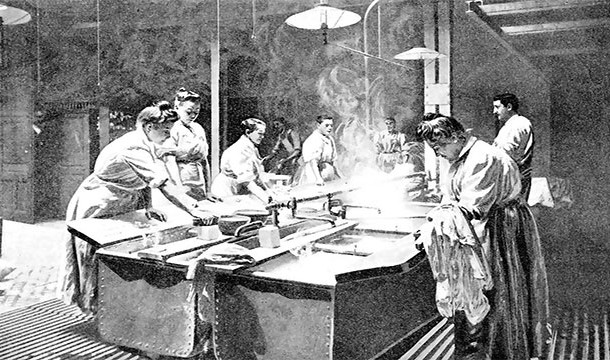
8. Waste
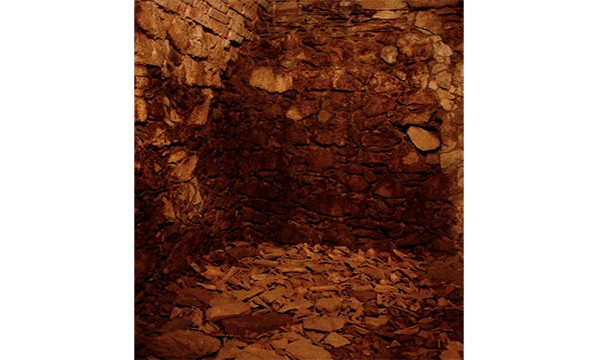
9. Surgery
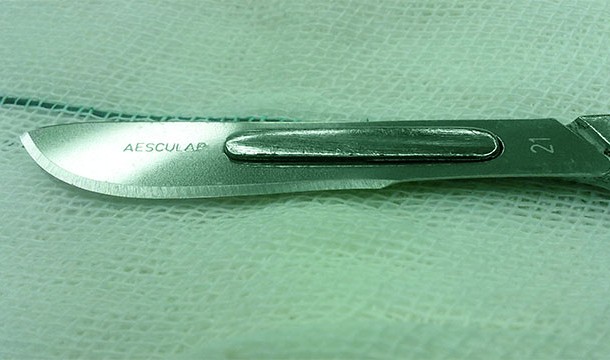
10. Moats
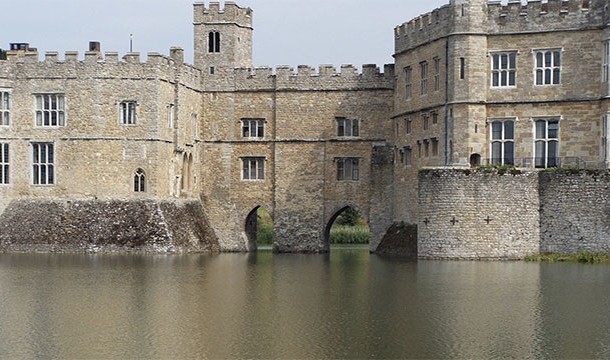
11. Washing Hands
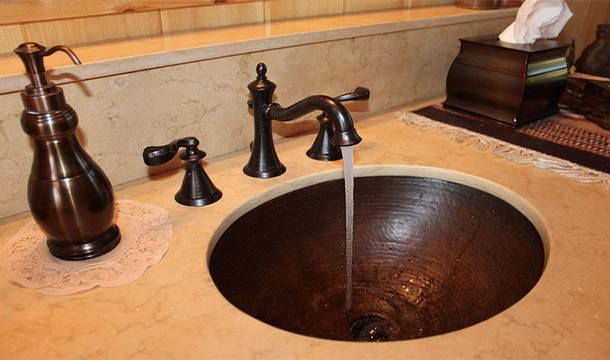
12. Floors
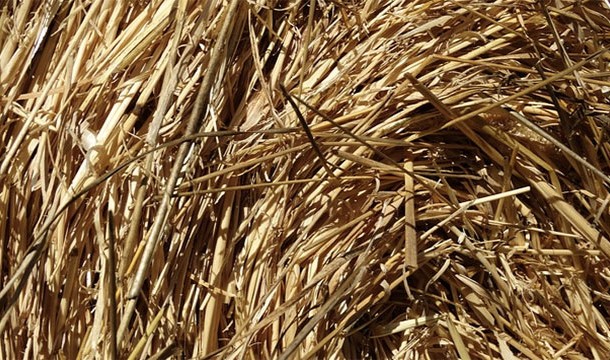
13. Streets
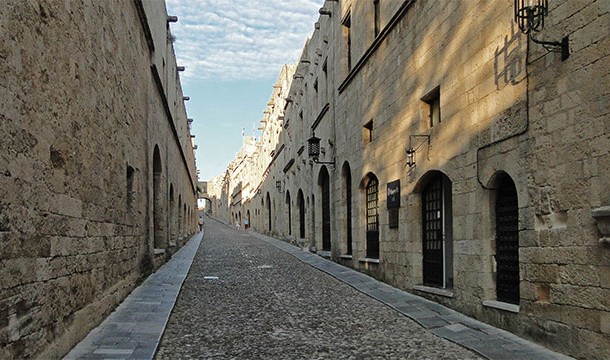
14. Eyebrows
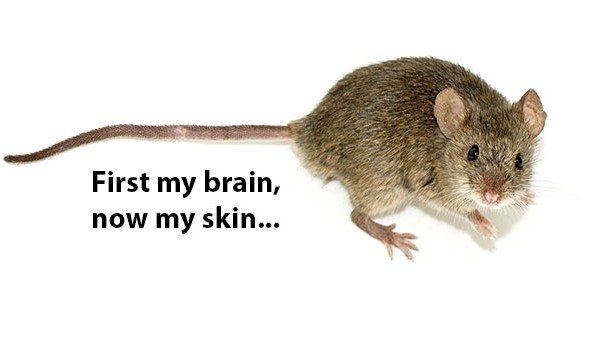
15. Rivers and Lakes
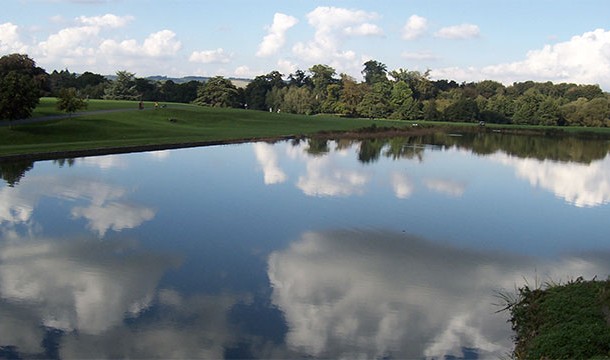
16. Sewers
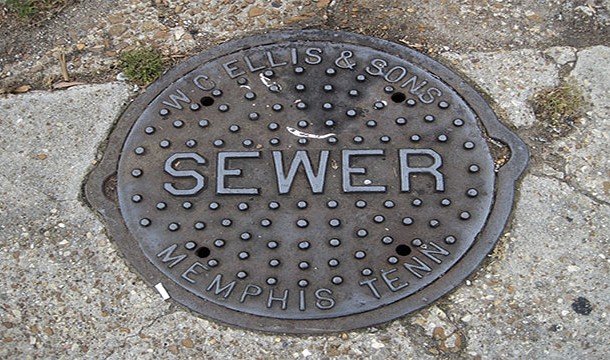
17. Freckles
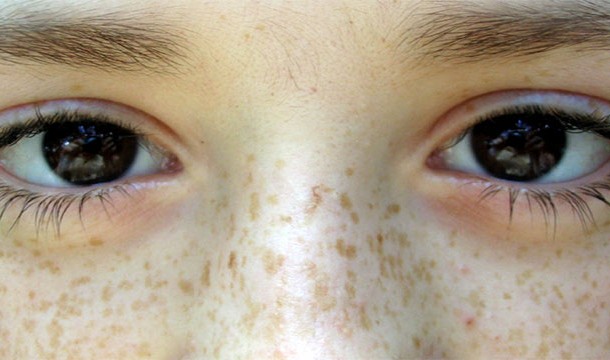
18. Makeup
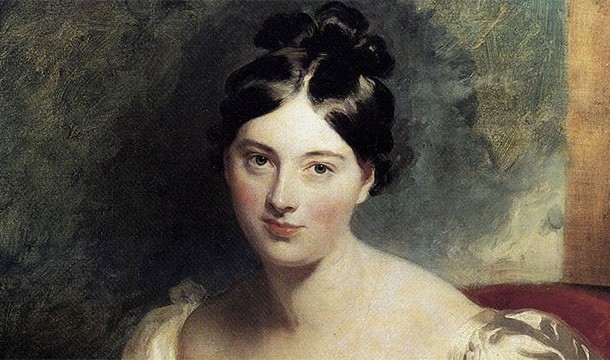
19. Deodorant
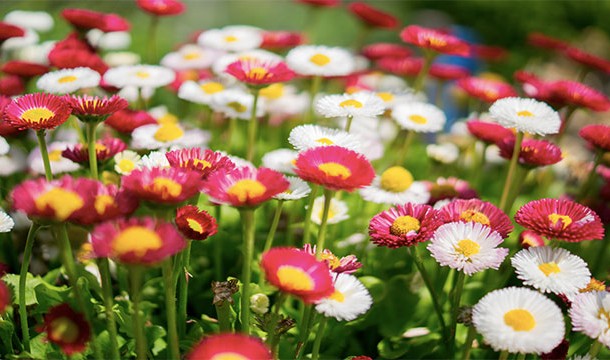
20. Wigs
